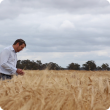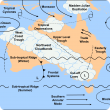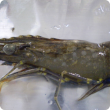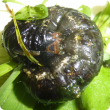Filter by regions:
- (-) Remove Great Southern filter Great Southern
- (-) Remove South West filter South West
- Mid West (292) Apply Mid West filter
- Peel (288) Apply Peel filter
- Wheatbelt (280) Apply Wheatbelt filter
- Perth regions (261) Apply Perth regions filter
- Goldfields-Esperance (254) Apply Goldfields-Esperance filter
- Gascoyne (191) Apply Gascoyne filter
- Pilbara (159) Apply Pilbara filter
- Kimberley (158) Apply Kimberley filter







